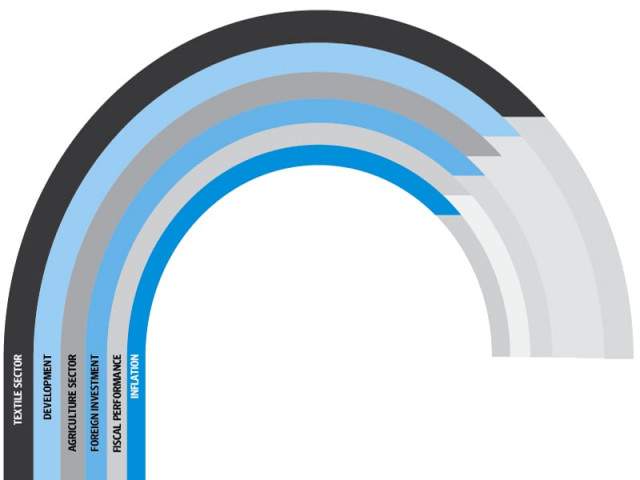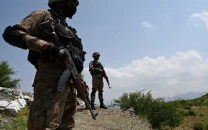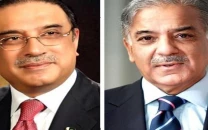SBP First Quarterly Report: ‘The govt has no plan, but we are cautiously optimistic’
Central bank’s report questions many of the government’s fiscal assumptions, says growth target will be missed.

While the State Bank of Pakistan’s first quarterly report for the fiscal year 2012 paints a cautiously optimistic picture of the state of the economy, it seems to emphasise the government’s relative lack of a strategy in actually improving the state of the nation’s economic health.
The central bank appears to have given up on the idea that the gross domestic product – the total size of the economy – will grow at the 4.2% rate that the government had projected at the beginning of the fiscal year that ends June 30, 2012. Part of the reason for this is the floods that hit the economy once again this past year, but also because of the persistent energy crisis and the stubbornly high international prices of oil.
On the fiscal front, the SBP admitted that the government had managed to do well so far. The Federal Board of Revenue managed to raise revenue collection by nearly 30%, whereas non-tax revenues went up by over 50%. As a result, the fiscal deficit was only 1.2% of GDP for the first quarter, less than the 1.5% in previous years.
However, in its usual measured tone, the central bank questioned many of the assumptions on the basis of which the government has made its fiscal projections for the rest of the year. For instance, in order to meet its revenue targets, the federal government is counting on receiving funds from the United States in Coalition Support Funds, from a successful auction of 3G licences, and a Rs125 billion surplus in the budgets of provincial governments. All but one of these assumptions (the 3G licence auction) are unlikely to hold true.
Since it is the banking regulator, a major portion of the report covered the financial services sector of the economy. The SBP commended the government for reducing its borrowing from the central bank itself, which in turn helped reduce inflation. The State Bank projects that inflation will likely stay below 12% for the year.
However, the government has once again begun heavy borrowing from the private sector, which has begun crowding out private sector borrowing yet again. The SBP report highlighted the fact that government borrowing from the banking system was Rs737 billion, up by 119% compared to the same period last year, during the first five months of the fiscal year.
“This amount includes Rs391 billion borrowed from the banks to retire PSE [public sector enterprise] debt, which has now been transferred on to the government’s books,” said the State Bank in its report. “Unfortunately, PSEs continue to haemorrhage as a credible restructuring plan has not been put into action. As a result circular debt issue is likely to persist.”
The State Bank is particularly concerned, however, about the deteriorating position in the country’s external account. The report identified this as the primary reason why the central bank had not decreased it benchmark discount rate (the rate at which the State Bank lends money to commercial banks).
“The pace at which the current account deteriorated during the first quarter of fiscal year 2010 took many by surprise. Specifically, the current account deficit for September 2011 alone was over $1 billion,” stated the report.
The central bank has been keeping a watch on the value of the rupee, which has deteriorated by almost 6% over the past year. Nevertheless, the State Bank report said that the regulator was committed to maintaining a market-driven exchange rate, though it did state that it stood ready to intervene in the currency markets to help stabilise any “excessive volatility” in the value of the rupee.
Published in The Express Tribune, January 29th, 2012.



















COMMENTS
Comments are moderated and generally will be posted if they are on-topic and not abusive.
For more information, please see our Comments FAQ